Only those whose identities have been confirmed by relatives can be buried and counted in the Gaza Health Ministry’s war death toll. Other bodies are kept in the hospital’s cold storage unit, where they can remain for weeks.
As of Thursday, the death toll had reached about 20,000, as international calls for a new ceasefire continued. The health ministry there said thousands of people were still trapped under the rubble. About 70 percent of the dead were women and children, the ministry said.
The figures from the ministry have drawn international attention to the large number of civilians killed in Israel's campaign to respond to the Hamas offensive on October 7, the deadliest in Israel's 75-year history.
However, with most hospitals in Gaza out of service, hundreds of doctors and medical staff dead, and communications continuing to be disrupted by fuel and electricity shortages, compiling information about casualties is increasingly difficult.
The workers at Nasser Hospital's morgue are part of an international effort – including doctors and health officials in Gaza as well as academics, activists and volunteers around the world – to limit the impact on information about casualties from increasingly difficult medical conditions in the war.
The medical staff, some of whom are volunteers, are running out of food and clean water for their families, but they continue to work because, according to Hamad Hassan Al Najjar, recording information about the Palestinian deaths is important to them.
He said the psychological pressure from this job is immense. Holding a handwritten piece of paper with information about a deceased person, the 42-year-old man said he always feels shocked every time he sees the bodies of friends or relatives being brought to the hospital.
The bodies of morgue director Saeed Al-Shorbaji and several of his relatives were brought here in December after they were killed in an Israeli airstrike, Al Najjar said.
“He was one of the pillars of this morgue.” He said handling the bodies of young children, some of them mutilated, was the most painful part of the job: “It took me hours to recover from the psychological turmoil, to recover from the shock.”
The Israel Defense Forces (IDF) has expressed regret over the civilian casualties but has blamed Hamas – the Palestinian militant group that runs the Gaza Strip – for taking refuge in populated areas. Hamas gunmen killed 1,200 people in the October 7 attack, the majority of them civilians, and took 240 hostages.
Israel has vowed to continue its attacks until Hamas is destroyed, all hostages are freed and the threat of future attacks on Israel is completely eliminated.
An IDF spokesperson, responding to a request for comment on this article, asserted that the IDF “strictly follows international law and takes appropriate measures to minimize the danger to civilians.”
UN ensures accurate data
The data collected by Mr. Al Najjar and his colleagues was compiled by staff at an information center set up by the Ministry of Health at Nasser Hospital in Khan Younis. Ministry staff left the office at Al Shifa Hospital in northern Gaza after Israeli forces entered the area in mid-November.
Ministry spokesman Ashraf Al-Qidra, a 50-year-old doctor, announced the figures at press conferences or posted them on social media. The head of the ministry’s information center did not respond to requests for comment.
Since early December, the ministry said it has been unable to collect regular reports from morgues in hospitals in northern Gaza, after communications services and other infrastructure in Gaza collapsed due to Israel's campaign there.
According to WHO, only six of Gaza's 36 hospitals were accepting casualties as of Wednesday, and these hospitals were all in southern Gaza.
WHO has cited this as the reason it believes the Ministry of Health’s figures may be undercounted; they also do not include deaths that were not taken to hospital or deaths whose bodies have not been found. WHO and experts say it is currently impossible to determine the extent of the undercount.
On October 25, US President Joe Biden said he had “no confidence” in Palestinian data. The health ministry’s figures do not include a cause of death and do not distinguish between civilians and combatants.
Following Biden’s remarks, the department released a 212-page report listing 7,028 people killed in the conflict as of October 26, including identification numbers, names, ages and genders. The department has not released similarly detailed data since then, making it difficult for researchers to corroborate the latest figures.
However, the UN – which has long worked with Palestinian health authorities – continues to vouch for the accuracy of the data. The WHO also said that compared to previous conflicts in Gaza, the figures showed more civilians had died, including a larger proportion of women and children.
Israeli officials said this month that they believed the data released so far was generally accurate; they estimated that about a third of those killed in Gaza were individual combatants and did not give specific figures.
The Palestinian Health Ministry in the West Bank said it had lost contact with hospitals in Gaza. It also said it had no information about the fate of hundreds of medical workers being held by Israeli forces.
Asked about the arrests, the IDF said it had arrested several hospital staff based on intelligence that Hamas was using the hospital for its operations. Those not involved in the operations were released after questioning, the IDF said, without giving details on the number of people arrested.
International efforts
Academics, activists and volunteers across Europe, the US and India are continuing to analyse data released by the Gaza Health Ministry, in an attempt to corroborate details of the deaths and determine the number of civilian casualties.
Much of the data analyzed is based on a list released on October 26 that includes names, identification numbers, and other information. Meanwhile, several other researchers are “digging” through social media to preserve the information posted for future analysis.
Airwars in London – a non-profit affiliated with the media department at Goldsmiths University in London that investigates civilian casualties in conflicts – is also using social media and the Gaza Ministry of Health’s October 26 list to compile a detailed list of casualties.
About 20 volunteers are working on the project, along with staff, and the organization has so far verified 900 civilian deaths in the war, said Emily Tripp, director of Airwars. Even if the war ended today, she said, the survey would take another year to complete.
“We also started to find that the civilians who died were forced evacuees from other areas. So it was difficult for us to identify them based on confirmation from neighbors. This made the process of verifying identities and compiling information extremely difficult,” she said.
Nguyen Quang Minh (according to Reuters)
Source




![[Photo] Closing of the 11th Conference of the 13th Central Committee of the Communist Party of Vietnam](https://vstatic.vietnam.vn/vietnam/resource/IMAGE/2025/4/12/114b57fe6e9b4814a5ddfacf6dfe5b7f)
![[Photo] Overcoming all difficulties, speeding up construction progress of Hoa Binh Hydropower Plant Expansion Project](https://vstatic.vietnam.vn/vietnam/resource/IMAGE/2025/4/12/bff04b551e98484c84d74c8faa3526e0)




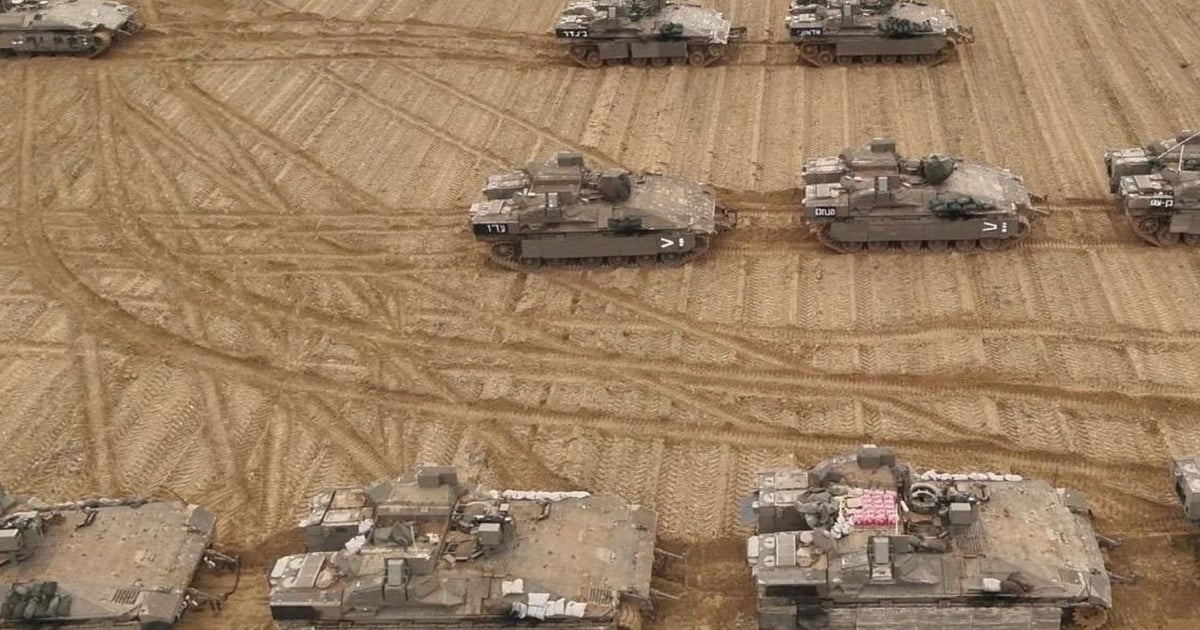
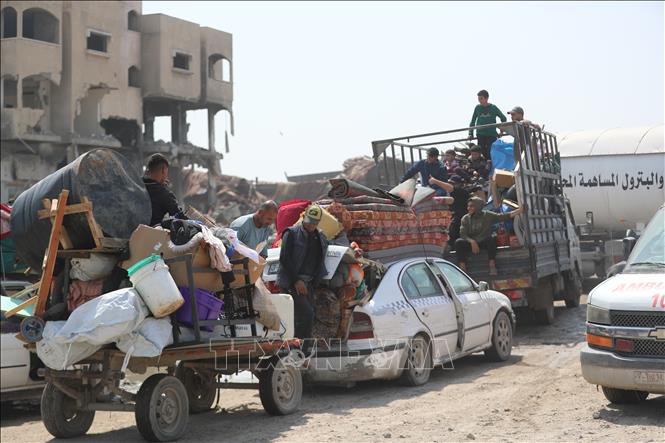


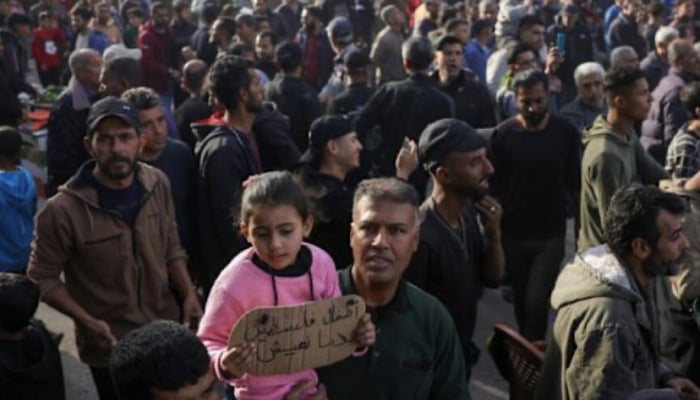

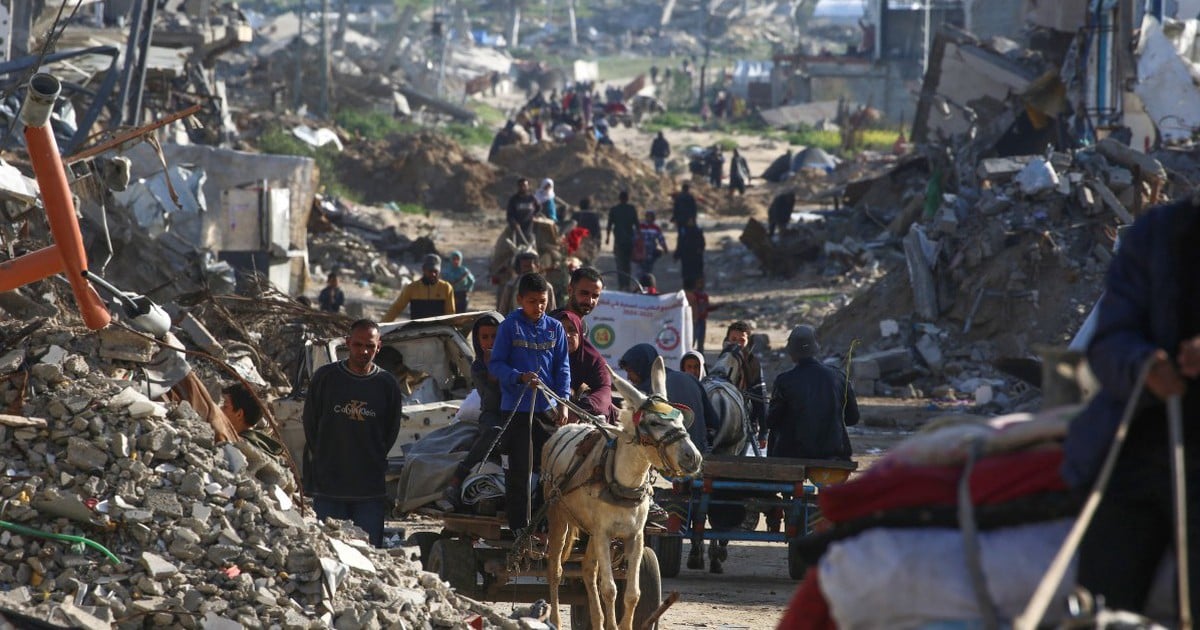
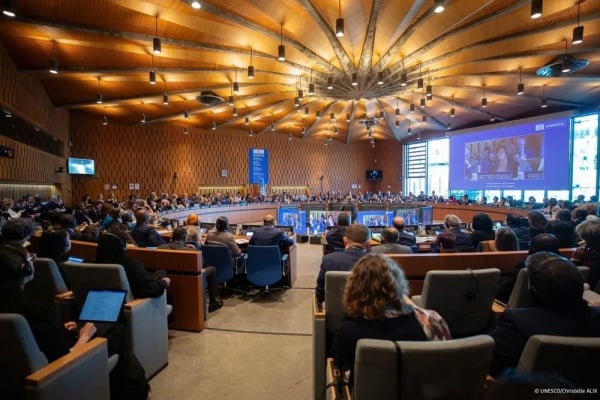








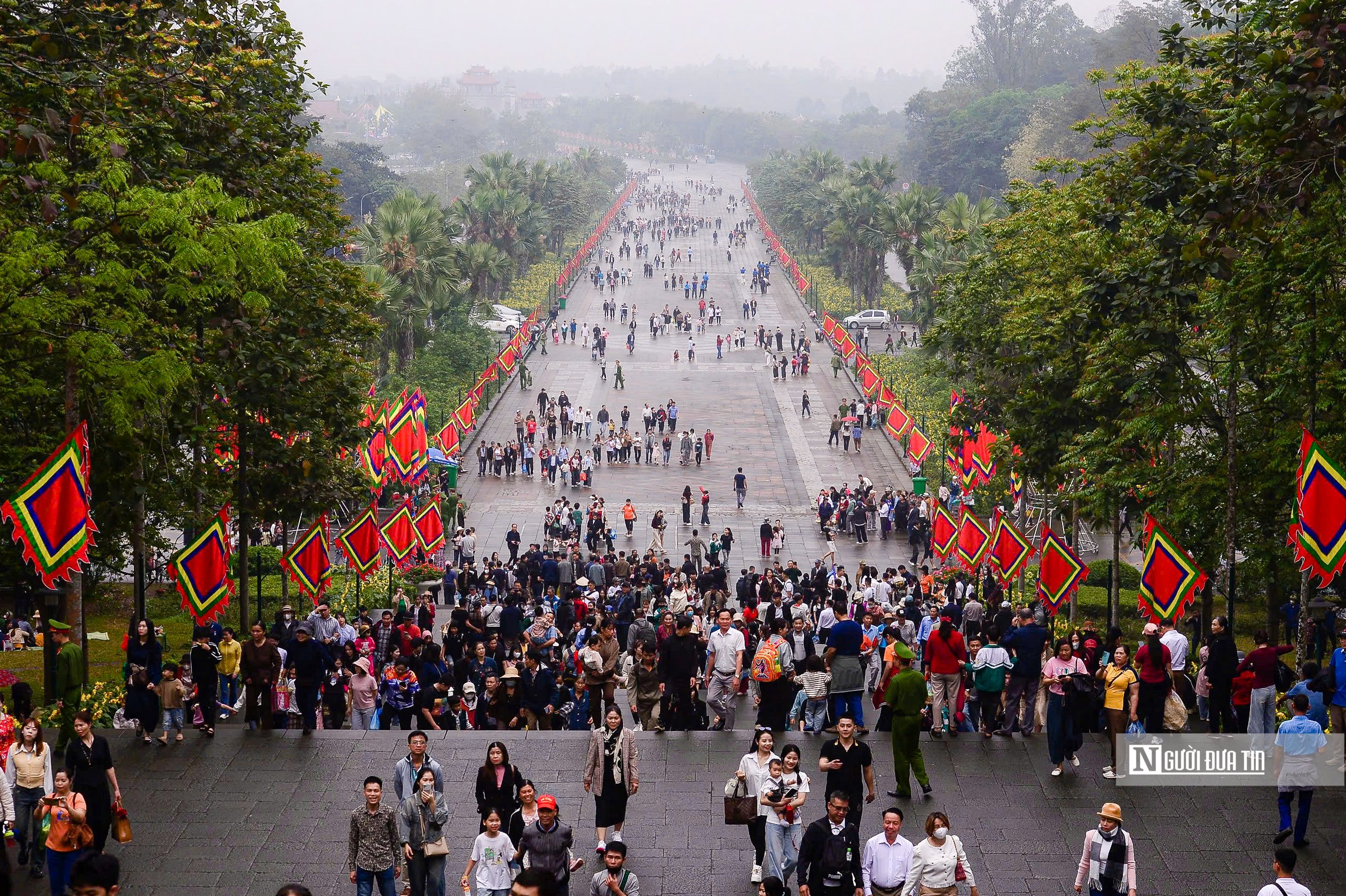




































































Comment (0)